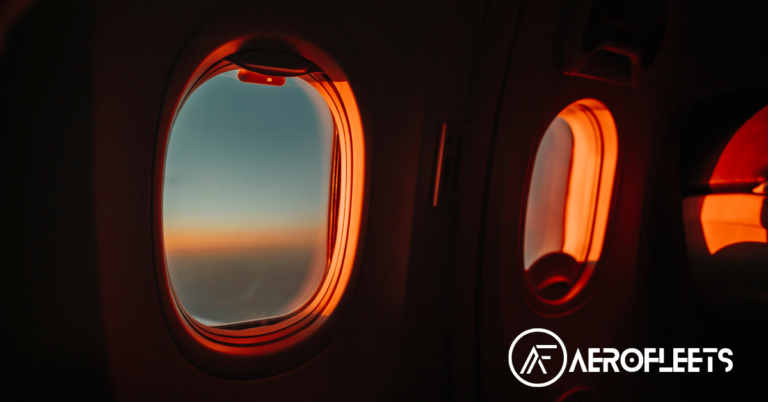Introduction
The Boeing 737 has been the workhorse of commercial aviation since its introduction in 1967. It has become one of the most popular models of commercial aircraft in the world and is a symbol of comfort and convenience for air travelers. In recent years, Boeing has made significant improvements to the 737, introducing the Next-Gen series of aircraft. These upgrades have made the 737 a more efficient and reliable aircraft, while also adding new features and capabilities. In this article, we will take a closer look at the Boeing 737’s Next-Gen upgrades and explore the roadmap for its future.
Boeing 737: A Next-Gen Tale
The Boeing 737 is one of the most successful commercial aircraft models in history. Since its introduction in 1967, the 737 has become a staple in the air travel industry, with thousands of aircraft having been delivered to airlines around the world. Over the years, Boeing has made numerous upgrades to the 737, ranging from engine improvements to interior design changes. The most recent upgrade was the introduction of the Next-Gen series of aircraft, which includes the 737 MAX, 737-800 and 737-900ER.
The Next-Gen aircraft feature several improvements over their predecessors, including enhanced fuel efficiency, improved flight range and an updated cabin design. The new engines are also more powerful and have a lower noise profile, making them more environmentally friendly. Additionally, the passenger experience has been improved with more spacious cabins and better in-flight amenities.
Boeing 737 Upgrades: A Closer Look
The Next-Gen upgrades have made the Boeing 737 even more efficient and reliable. These improvements include the addition of more powerful engines, a redesigned airframe and an updated cabin interior. The new engines have a higher bypass ratio, meaning they can generate more thrust with less fuel consumption. Additionally, the new airframe design is more aerodynamic and has increased the aircraft’s range.
In terms of cabin features, the Next-Gen aircraft offer spacious seating with more legroom and wider aisles. The aircraft also feature improved lighting and sound systems, as well as larger overhead bins for storing carry-on luggage. Passengers will also find improved in-flight entertainment options, such as live television and onboard Wi-Fi.
The Boeing 737: A Roadmap to the Future
Boeing is committed to continuing to improve the 737 and make it even more efficient and comfortable. The company is already working on the next generation of 737s, which will feature even more advanced engines and improved aerodynamics. Additionally, Boeing is exploring the possibility of outfitting the aircraft with a more luxurious interior that could include larger seats, better noise insulation and more in-flight amenities.
Boeing is also looking into potential autonomous technologies, such as autonomous taxiing and automated take-off and landing. These technologies could dramatically reduce the workload on pilots and make air travel even safer. Finally, the company is exploring the possibility of incorporating new safety features, such as an advanced fire detection system and improved passenger evacuation systems.
Conclusion
The Boeing 737 is one of the most successful commercial aircraft models in the world. With its Next-Gen upgrades, the aircraft has become even more reliable and efficient while also providing passengers with a more comfortable flying experience. Boeing is committed to continuing to improve the 737 and exploring new technologies that could make it even safer and more efficient. With its roadmap for the future, the Boeing 737 will remain a mainstay of the air travel industry for years to come.





0 Comments